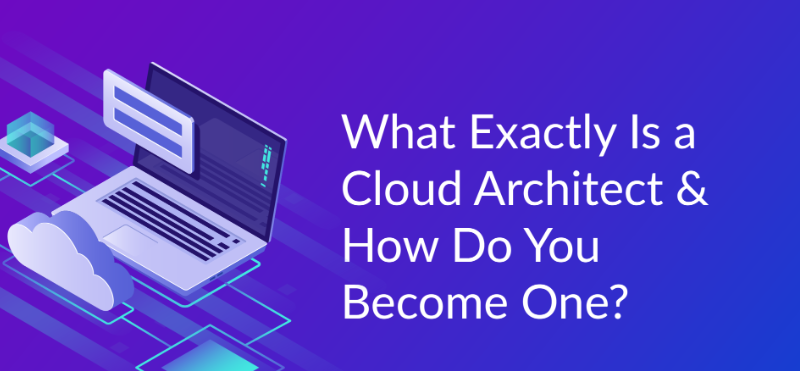As a Cloud Architect, you have the responsibility to design and implement cloud solutions that are cost-effective, secure, and reliable. You need to understand the business requirements and develop a strategy that meets those requirements.
Introduction
Cloud computing has become a vital part of modern business operations, allowing companies to scale their operations, improve flexibility, and reduce costs. As a cloud architect, it is your responsibility to design and implement cloud solutions that meet the unique needs of your organization.
You must have a deep understanding of cloud technologies, be able to develop strategies for optimizing cloud performance and have experience in developing and deploying applications on the cloud.
In addition, you must be able to design secure networks and ensure data integrity as well as manage costs associated with cloud services.
-
Understanding The Business Requirements
The first step in designing and implementing cloud solutions is to understand the business requirements of the organization.
This includes identifying the specific needs and goals of the organization, as well as the constraints and limitations that must be considered.
It is important to involve key stakeholders from different departments within the organization to ensure that all requirements are captured and considered during the design process.

-
Choosing The Right Cloud Provider
Once the business requirements have been identified, the next step is to choose a cloud provider that can meet those needs.
This decision will depend on a number of factors, including the type of services required, the size of the organization, and the budget.
Public cloud providers like Amazon Web Services (AWS), Microsoft Azure, and Google Cloud Platform (GCP) offer a wide range of services, but may not always be the best fit for smaller organizations.
Private cloud providers, on the other hand, may offer more tailored solutions but may not have the same level of scalability.
-
Designing The Cloud Architecture
The next step is to design the cloud architecture. This includes determining the number of servers and resources needed, as well as the network topology and security requirements.
It is important to consider the scalability and performance requirements of the organization, as well as the potential for future expansion.
Additionally, the cloud architect should consider the disaster recovery and business continuity plan to ensure that the organization can continue to operate in the event of an outage or other disruption.
-
Implementing the Cloud Solution
After the design is complete, the cloud architect should work with the organization to implement the cloud solution. This includes configuring the servers and resources, as well as setting up the network and security infrastructure.
It is important to test the solution thoroughly before it is made available to the organization, to ensure that it meets all of the requirements and that it is fully functional.
-
Monitoring and Maintenance
Once the cloud solution is up and running, it is important to monitor it to ensure that it is performing as expected. This includes monitoring the servers, resources, and network infrastructure to ensure that they are functioning properly.
The cloud architect should also be responsible for performing regular maintenance and upgrades to keep the cloud solution up-to-date and secure.
Conclusion
Designing and implementing cloud solutions as a cloud architect is a challenging and rewarding task.
It required a solid understanding of the different cloud providers and their services, and the ability to design and implement a solution that meets the unique needs of the organization.
By following the best practices outlined in this article, you can help ensure that your organization is able to take full advantage of the benefits of cloud computing.
























Comments